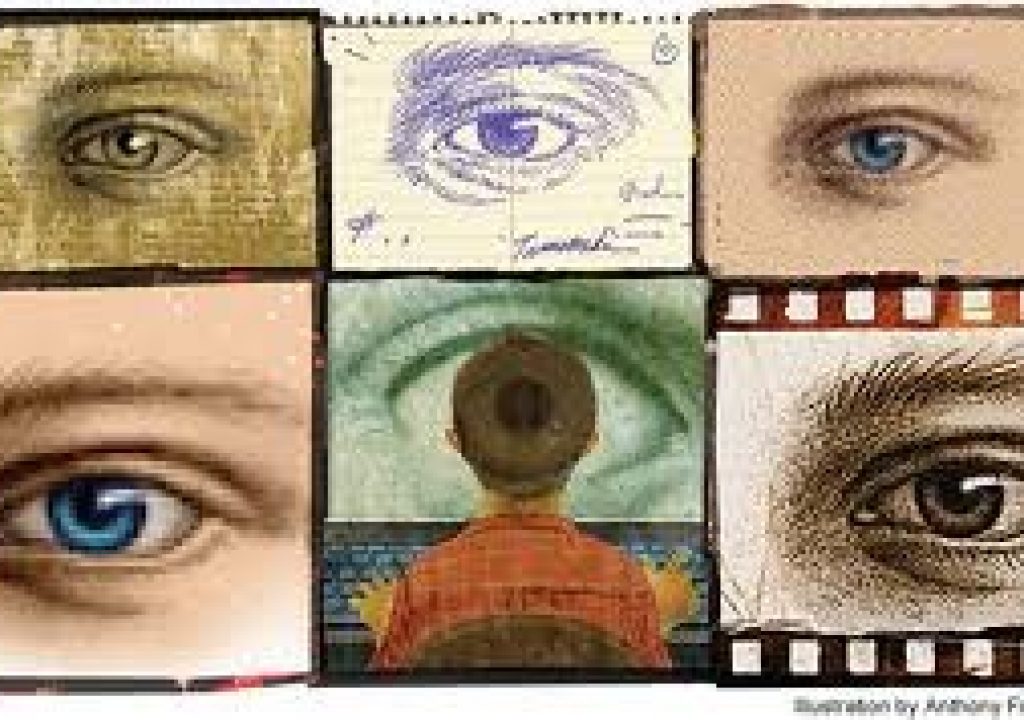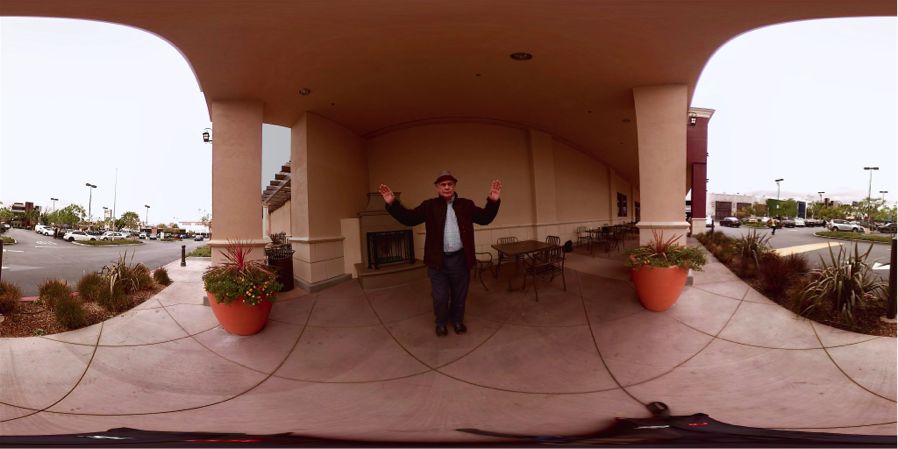The following post was commissioned the International Association of Business Communications (IABC) for their May 2013 issue of Communications World, exploring different aspects of transmedia with other articles by Andrea Phillips, Allison Norrington, and many others.
The more the audience can participate in your storyworld, the greater their emotional connection.
 By now you’ve heard the buzz about transmedia storytelling, right? Stories that reach fans across multiple delivery platforms, like those created by the big entertainment franchises (Star Wars, Batman, Glee, American Idol, Halo, Harry Potter and more).
By now you’ve heard the buzz about transmedia storytelling, right? Stories that reach fans across multiple delivery platforms, like those created by the big entertainment franchises (Star Wars, Batman, Glee, American Idol, Halo, Harry Potter and more).
Or the big consumer brands, whose inventive story-centric experiences have deepened customer engagement (like Coca-Cola, Audi, Old Spice, Mattel, Wrigley and Levi’s).
Or a new class of independent experience designers who are pioneering this art form with more imagination than money. They are tapping into the power of new digital platforms, devices and social media.
All of which is leading many marketers to believe that transmedia storytelling is the future of brand building and consumer engagement. By using these new techniques, marketers expand their brand campaigns across various media, reach new audiences, deepen engagement, and delight in the story and its messages.
Henry Jenkins, a professor at the University of Southern California who first popularized transmedia, offers provides the definitive definition: “Transmedia storytelling represents a process where integral elements of a fiction get dispersed systematically across multiple delivery channels for the purpose of creating a unified and coordinated entertainment experience. Ideally, each medium makes it own unique contribution to the unfolding of the story.”
More than just a technique to propagate a brand or message (integrated marketing), transmedia storytelling uses narrative devices like character, plot, themes, tone and emotional engagement to create a complete experience.
In other words, a story.
“The reason that we keep saying that traditional marketing approaches no longer work is that the social web has created a new consumer psychology,” writes says media psychologist Pamela Rutledge. “Consumers expect you to earn their attention, not interrupt them for it.
“A story can communicate who you are and inspire people at a higher level with your passion, purpose and commitment to the customer’s experience,” she adds. “It is not about selling. It’s about engaging. It’s only by engaging people that you can move them from pre-customers to brand advocates.”
Transmedia amplify a story, because they generate what one research firm study calls the “Four I’s”:
- Immersion—go deeper into a story
- Interactivity—interact with characters and each other, and influence the story
- Integration—understand a cohesive storyworld across media platforms and into the real world
- Impact—inspire action by the audience, like buying or supporting a cause
While a conventional storyteller might start with character, setting, theme or genre, the transmedia brand designer creates from this mind-set about the brand and its values.
Today, every company is a media company, and their brands represent, in essence, stories that resonate with customers. Your stories express the values of your brand and help your customers relate through emotion and imagination. Stories fulfill the human need for emotional connection. Stories with multiple touch points enhance their value and authenticity. The more the audience can participate in your storyworld, the greater their emotional connection. Plus, storyworlds are timeless, creating a desire for ongoing engagement over time.
Here are some steps to consider as you become a transmedia designer for your brand.
1. Know your brand’s attributes
You may have constructed a brand persona—its identity and personality, value system, history, reputation (at home and abroad). Does your brand have a mythology, an ethos, a legend? Is it associated with characters, origin stories, places, nostalgia or other emotional qualities?
2. Know your target audience
As with any marketing or product plan, you’ll identify those whom you wish to engage, with a special focus on their media consumption behavior and preferred technology platforms, perhaps through the use of techniques like audience segmentation audience segmentation and profilesconsumer profiling. (Note: Your project may target a business audience, such as employees, vendors, customers or prospects.)
3. Visualize success
Metrics are less defined for transmedia than conventional advertising or marketing campaigns, so you need to establish a range of desired outcomes. Look for a return-on-engagement type of measurement—the quality of brand ambassadors you generate, the impact on sales among your target audience, positive hits on Twitter sentiment analytics, etc.
4. Prioritize your platforms
There are a lot of platforms—film, video, television, games, comic books, printed books, electronic books, apps, interactive websites, animated stories, YouTube and other user-generated video platforms, fan fiction sites, special-interest forums, broad social media sites like Facebook, Twitter, Pinterest, Flickr, and many other media. Most transmedia projects concentrate on one or two primary platforms, with secondary platforms deepening the experience and adding dimensionality to the story.
5. Build your team
With an understanding of your brand and its target audience, you begin to think about your story and how to develop it. Here are some approaches to building teams and partnerships:
Do it yourself. If transmedia is the future, start building, especially for the company with existing media staff. Grow your own in-house transmedia capability with some personnel shifts, training and short-term advisors.
Hire a consultant. Hire a specialist with expertise in designing transmedia branding strategies. He or she may design a plan, spark brainstorming, conduct asset reviews, conduct research, focus groups and surveys, and help you identify creative partners.
Hire an agency. Many advertising and PR agencies have begun to develop their own transmedia practices. If you’ve got an agency, talk to them about what they know. If you’re an agency, consider hiring a specialist to spearhead this new line of business.
Partner with academia. Institutions offering degrees in communications, filmmaking, or business are establishing programs that are looking for industry partners, like the new transmedia branding program at the University of Southern California Annenberg Innovation Lab.
Commission a storyteller. If your brand vision and audience align with creative artists—like filmmakers, YouTubers, authors or performers—commission one or more of them to create new work that includes your brand values. You get the “halo effect” of the relationship, (as did BMW Films, which tapped eight famous filmmakers for “The Hire.”) You can also acquire finished work that reflects your brand’s values.
Crowdsourcing. Hold a competition, offering prizes to creative partners who can help you express your brand .
Whatever path you choose to go down as you develop your own transmedia practice, make sure you share your experience with others inside your company and your industry. Transmedia is a nascent artform with lessons to be learned by everyone. Consider writing your own Case Study or White Paper, and bring your experience to others via your company’s blog and as a conference speaker. Before you know it, you may be the next transmedia visionary.
Note: For additional resources, go to the companion post, here. I will be writing a followup post as well about the multiplatform publishing model adopted by Communications World.)

Filmtools
Filmmakers go-to destination for pre-production, production & post production equipment!
Shop Now












